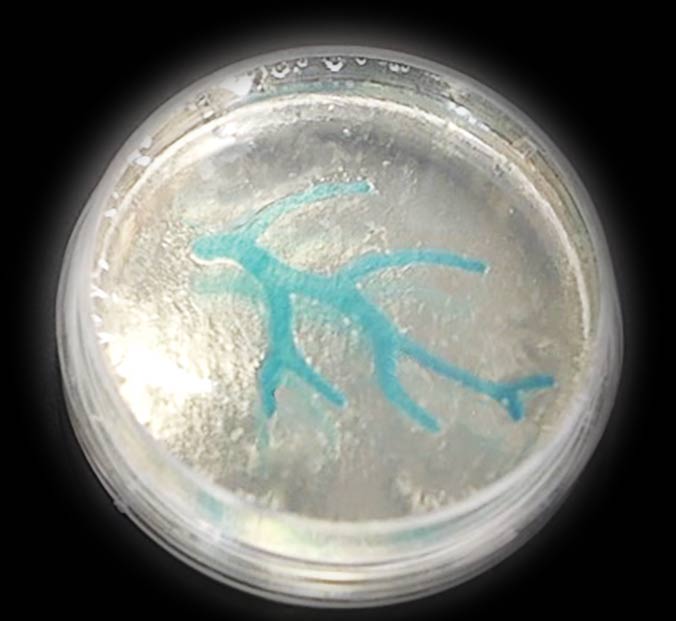The current thesis on bioprinting goes a little something like this: bioprinting is a collection of a number of different technologies, all with potential. From inkjet, material extrusion, and stereolithography, to digital light processing, and LIFT, microfluidic nozzles, all have the potential to 3D print the right organ system or part to help with the right medical procedure. Of course, 3D printing fully-fledged organs is twenty years or more away.
Now, all of these systems are available from $10,000 to $1 million in different configurations and are mainly used by labs to advance research. Pharmaceutical companies and other players are increasingly relying on bioprinters for therapeutics, to aid in drug discovery and to generally reduce cost and the number of lab animals that need to perish for certain treatments. In so doing, the medical market will familiarize itself with 3D printing and, slowly, develop tissue engineering, scaffold, and other products. This will take a lot of testing and approval, which will be paid for by researchers, governments and large companies.
A FRESH bioprinter built on a Printrbot
Once research shows the potential for viable treatments beyond organoids, organs-on-chips or simple products, such as skin analogs, a leap will have to be made.
